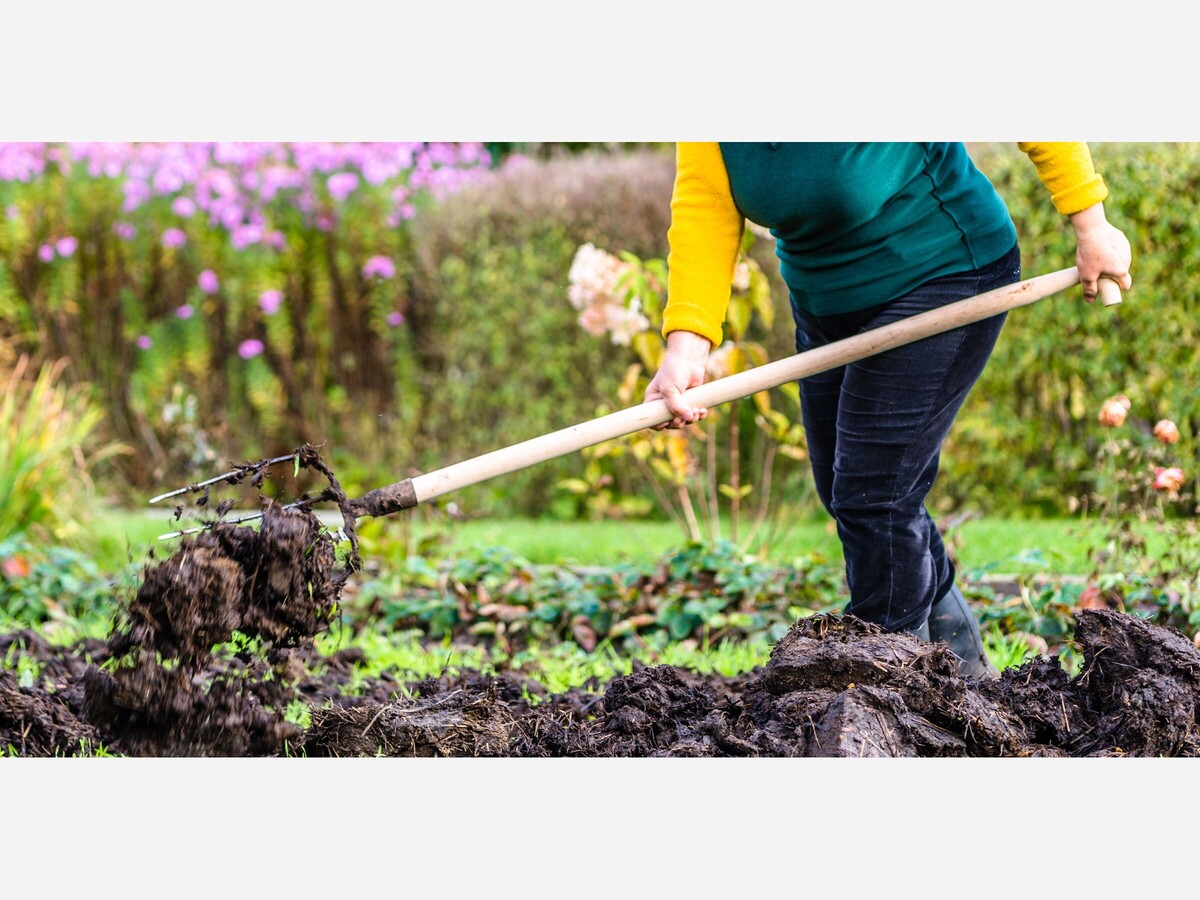Image

As summer draws to a close, it's the perfect time to start preparing your garden for a successful spring bloom. Here are some essential steps to ensure your garden thrives next year.
1. Clean Up and Clear Out
Start by removing any dead or diseased plants from your garden. This helps prevent pests and diseases from overwintering in your garden. Be sure to also clear away spent annuals and vegetables, and add them to your compost pile if they are disease-free. This cleanup creates a clean slate for new growth come spring.
2. Soil Preparation
Testing your soil is a crucial step in garden preparation. Soil tests provide insight into pH levels and nutrient content, allowing you to make necessary amendments. The soil in this area tends to be acidic so this is a good time to add granular lime to give your plants a head start in the spring. Adding compost or well-rotted manure can also enrich your soil with essential nutrients. This organic matter improves soil structure, promotes healthy root development, and enhances water retention.
3. Plant Cover Crops
Consider planting cover crops, also known as green manure. Cover crops like clover, rye, and vetch help improve soil health by preventing erosion, enhancing soil structure, and adding organic matter when they decompose. They also help suppress weeds and can be turned into the soil in early spring as a natural fertilizer.
4. Mulching
Applying mulch in the fall helps protect your soil from winter erosion and retains moisture. Organic mulches such as straw, wood chips, or shredded leaves add nutrients to the soil as they break down. A 2-3 inch layer of mulch also helps regulate soil temperature, creating a more stable environment for your plants.
5. Pruning
Late summer and early fall are good times to prune perennials, shrubs, and trees. Remove any dead or diseased branches and shape your plants to promote healthy growth. Avoid heavy pruning as it can stimulate new growth that may not harden off before winter.
6. Plant Spring Bulbs
Now is the time to plant spring-blooming bulbs like tulips, daffodils, and crocuses. Planting bulbs in the fall allows them to establish roots and ensures a beautiful display of flowers in the spring. Be sure to plant them at the correct depth and provide a layer of mulch for insulation.
7. Plan for Next Year
Take notes on what worked well in your garden this year and what didn’t. Sketch out your garden plan for next spring, considering crop rotation and companion planting to maximize your garden’s health and productivity.
By following these steps, you’ll set the stage for a vibrant and productive garden next spring. Happy gardening!
Down to Earth Living, celebrating its 52nd year, Down to Earth Living Garden Center in Rockland County offers 12.5 acres filled with perennials, flowers, shrubs and trees, with new arrivals coming in every week. The 10,000 square foot showroom has a large and unique selection of contemporary, classic, traditional, and transitional teak, aluminum and all-weather dining and deep-seated furniture. The center is open 9 – 5 every day and is located near Bergen County at 1040 Route 45. Phone number is 845-354-8500. Website is www.dteliving.com for more information.